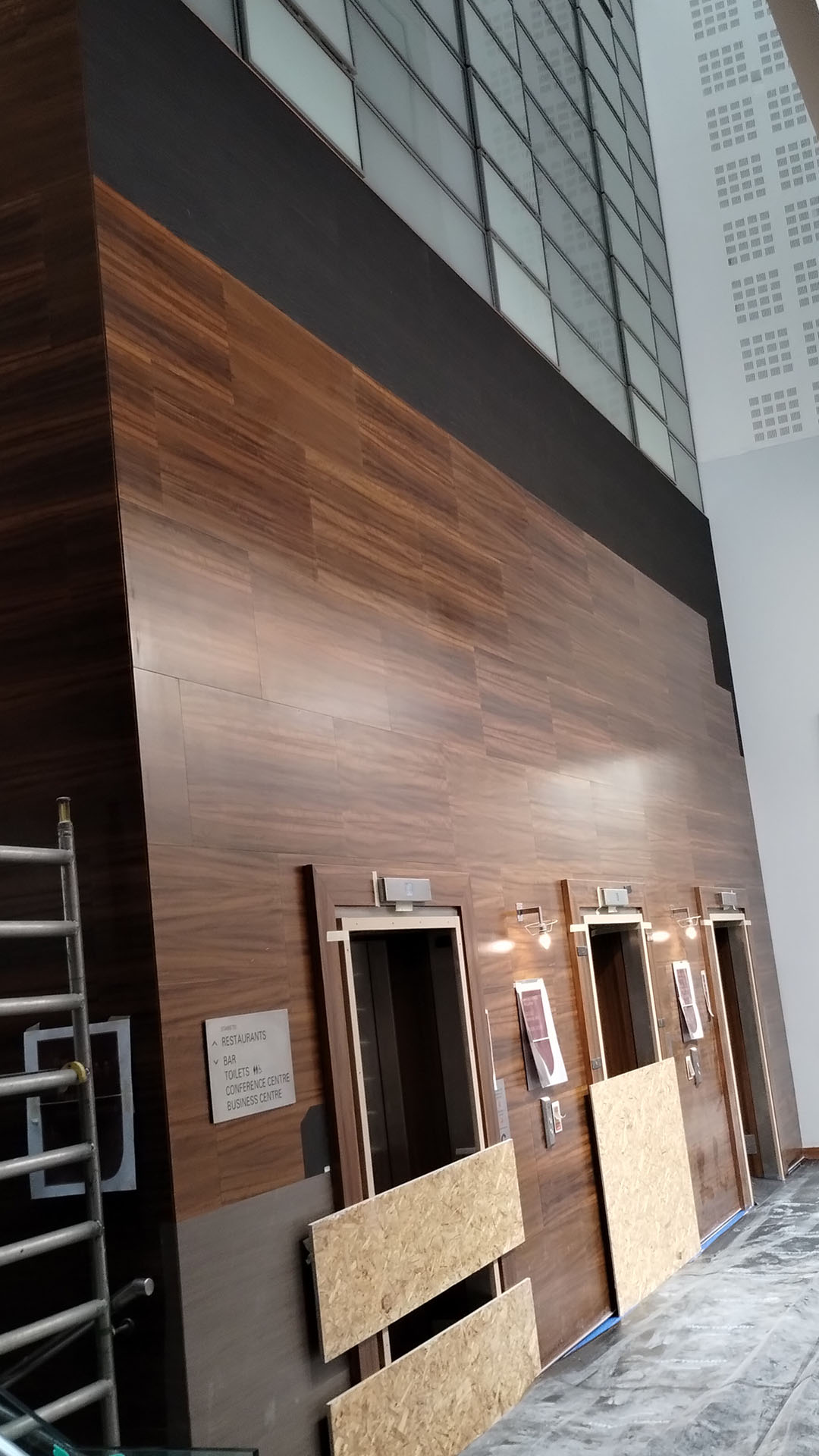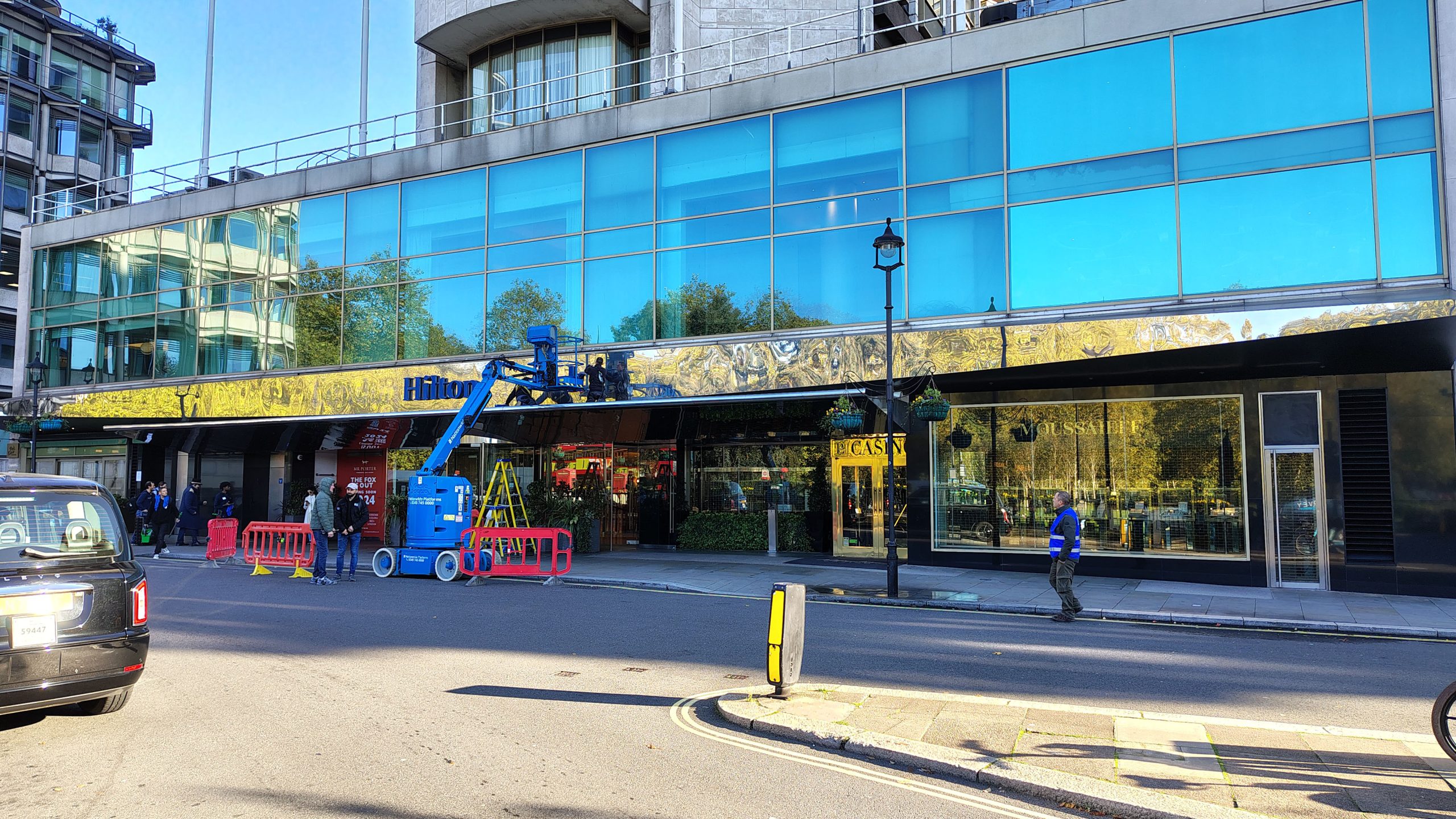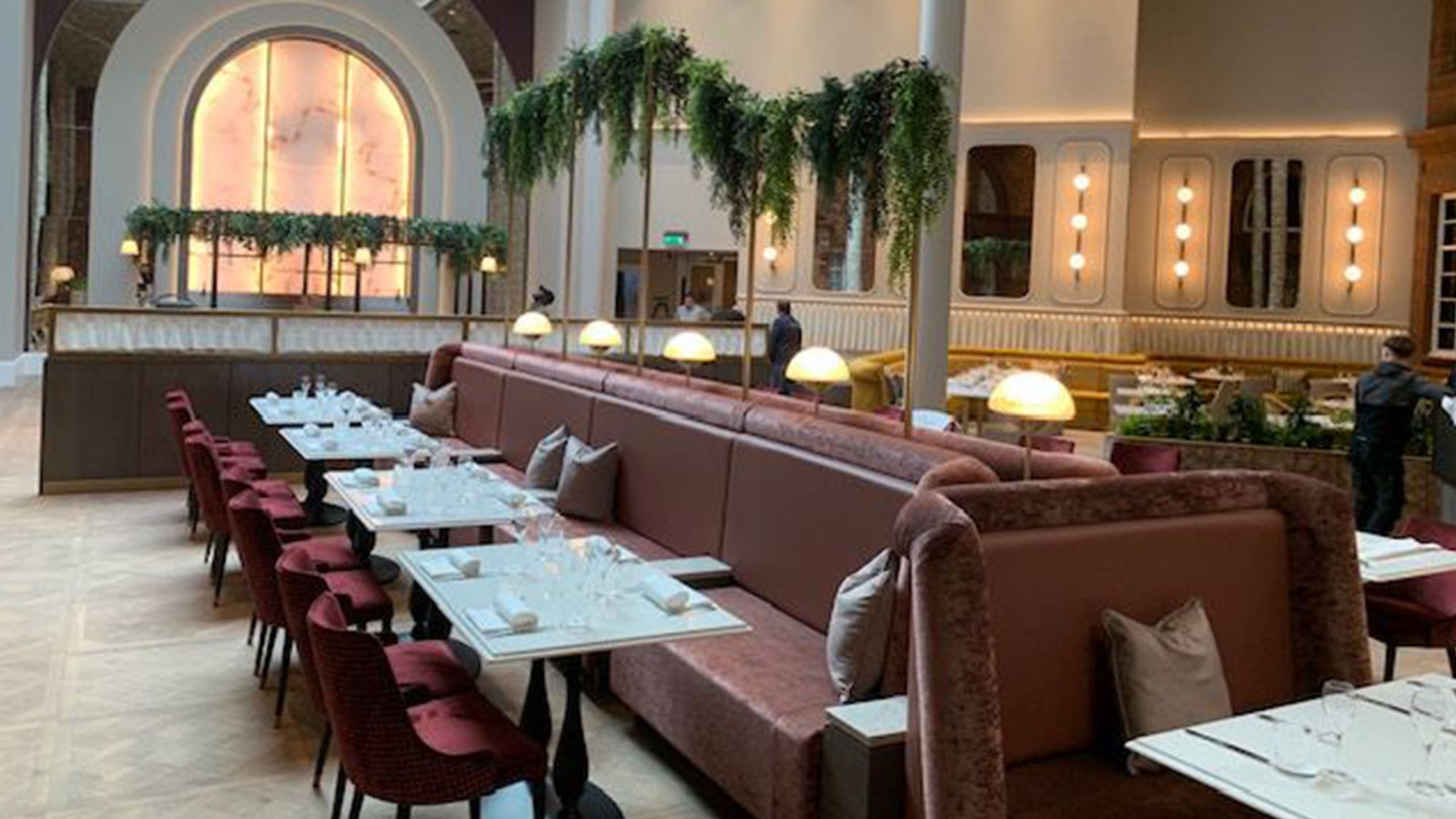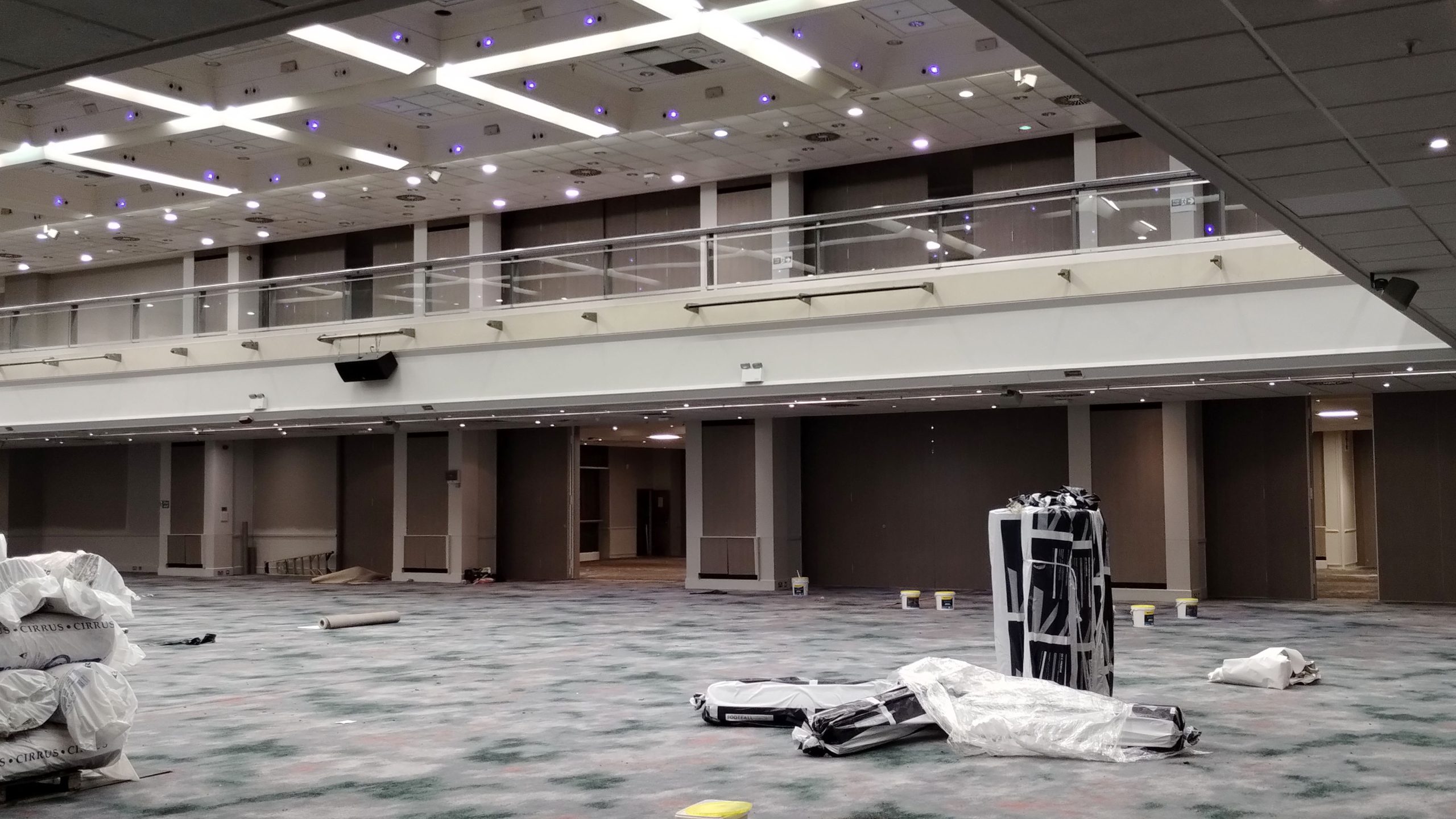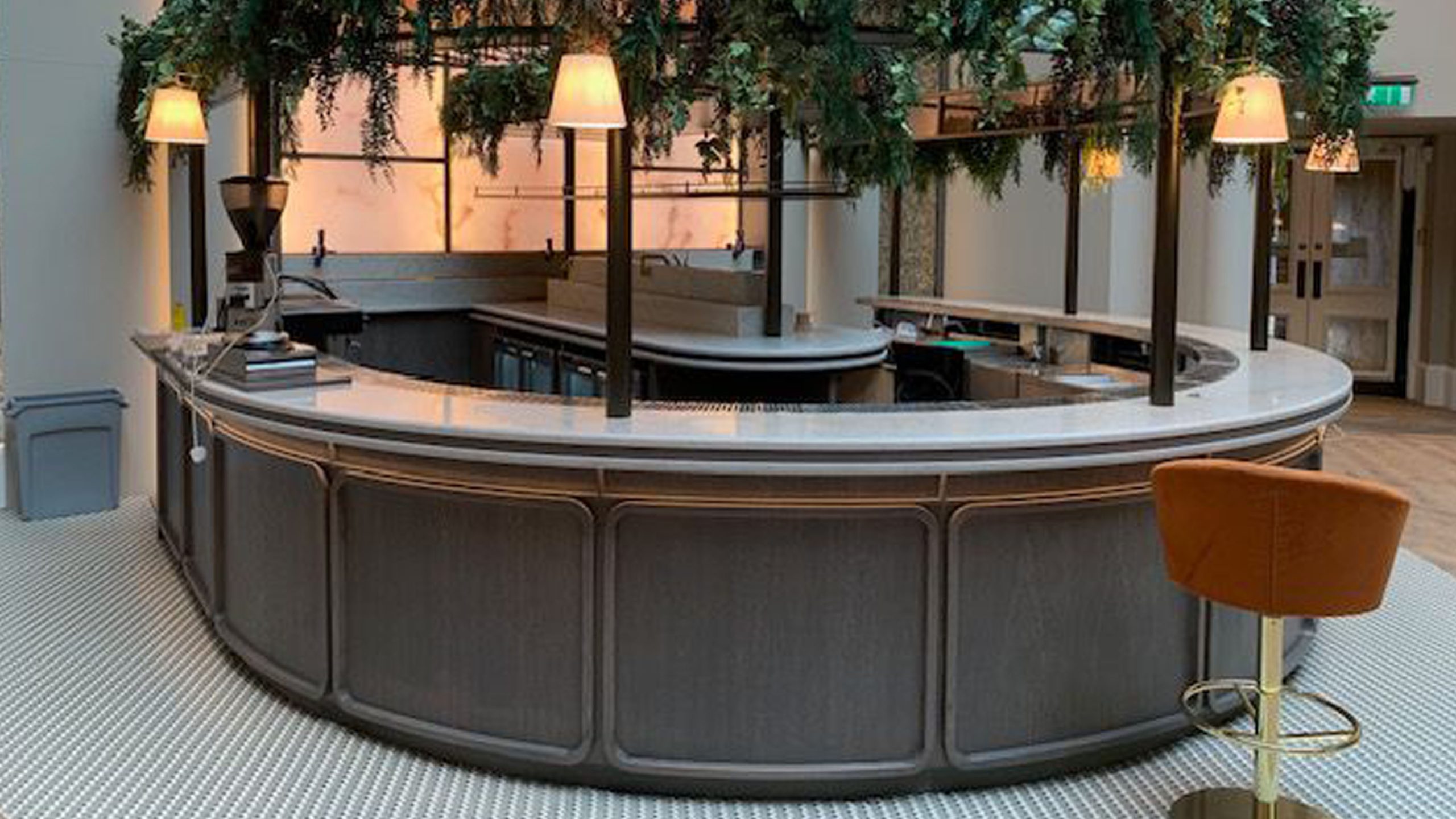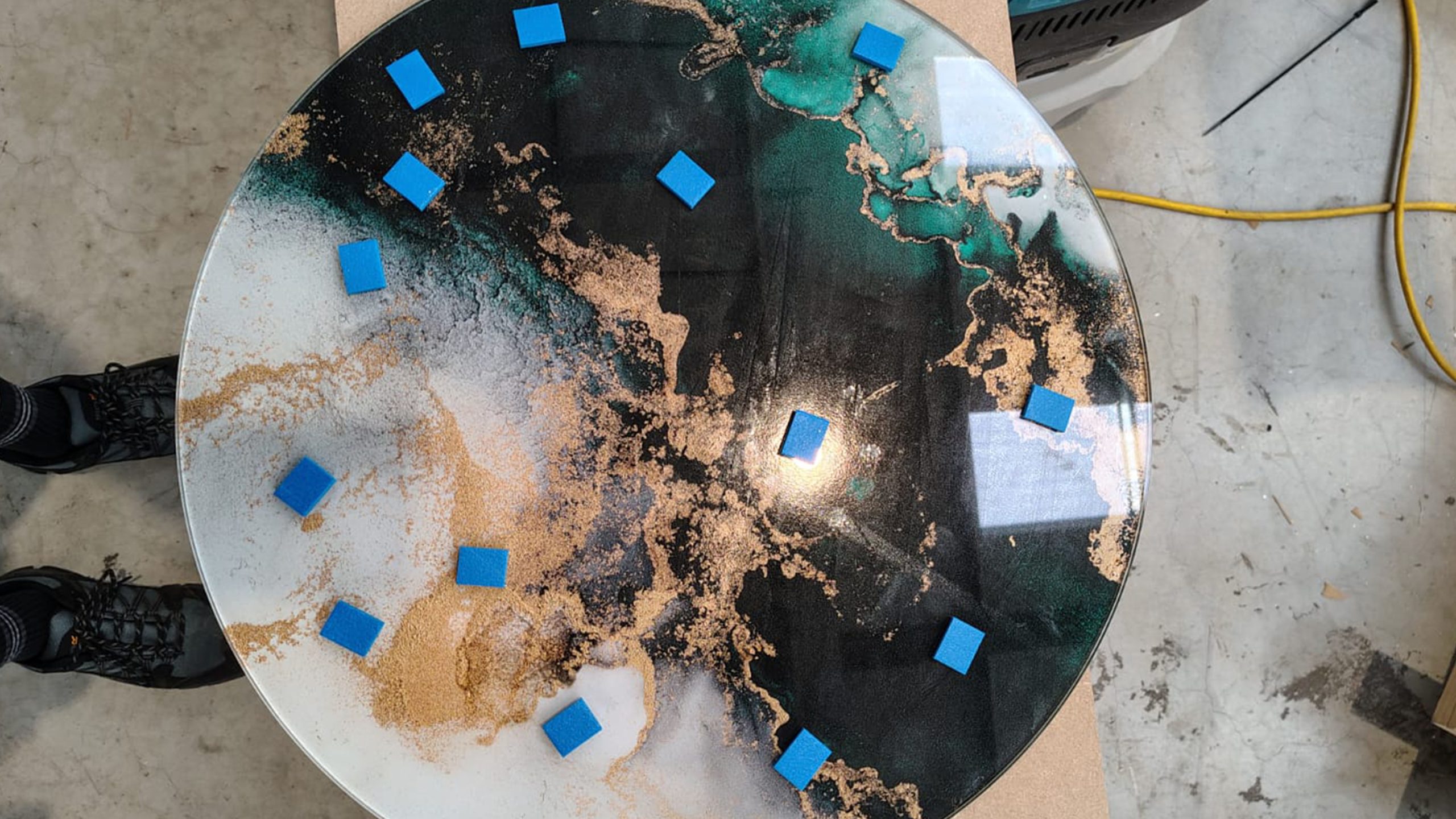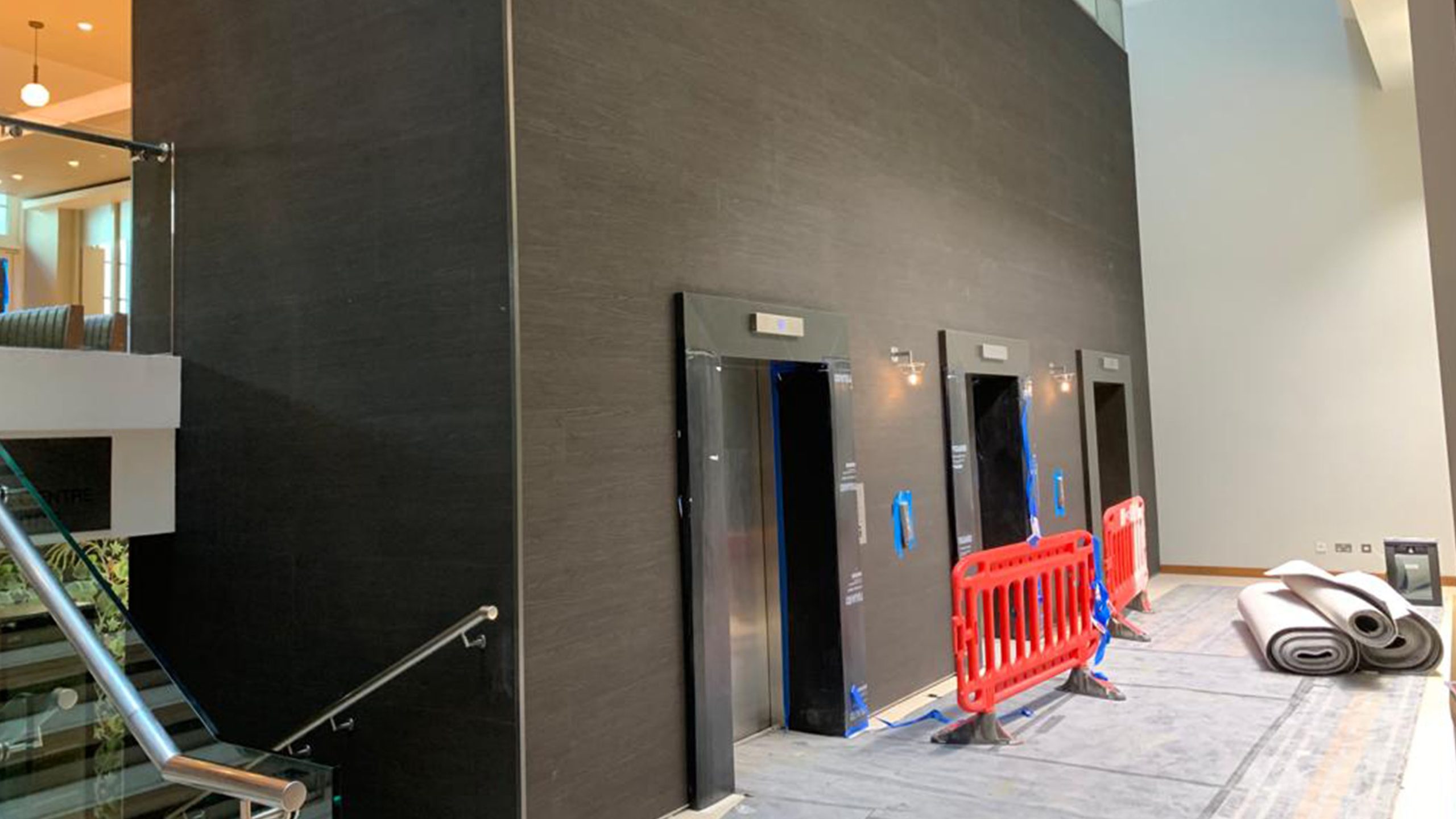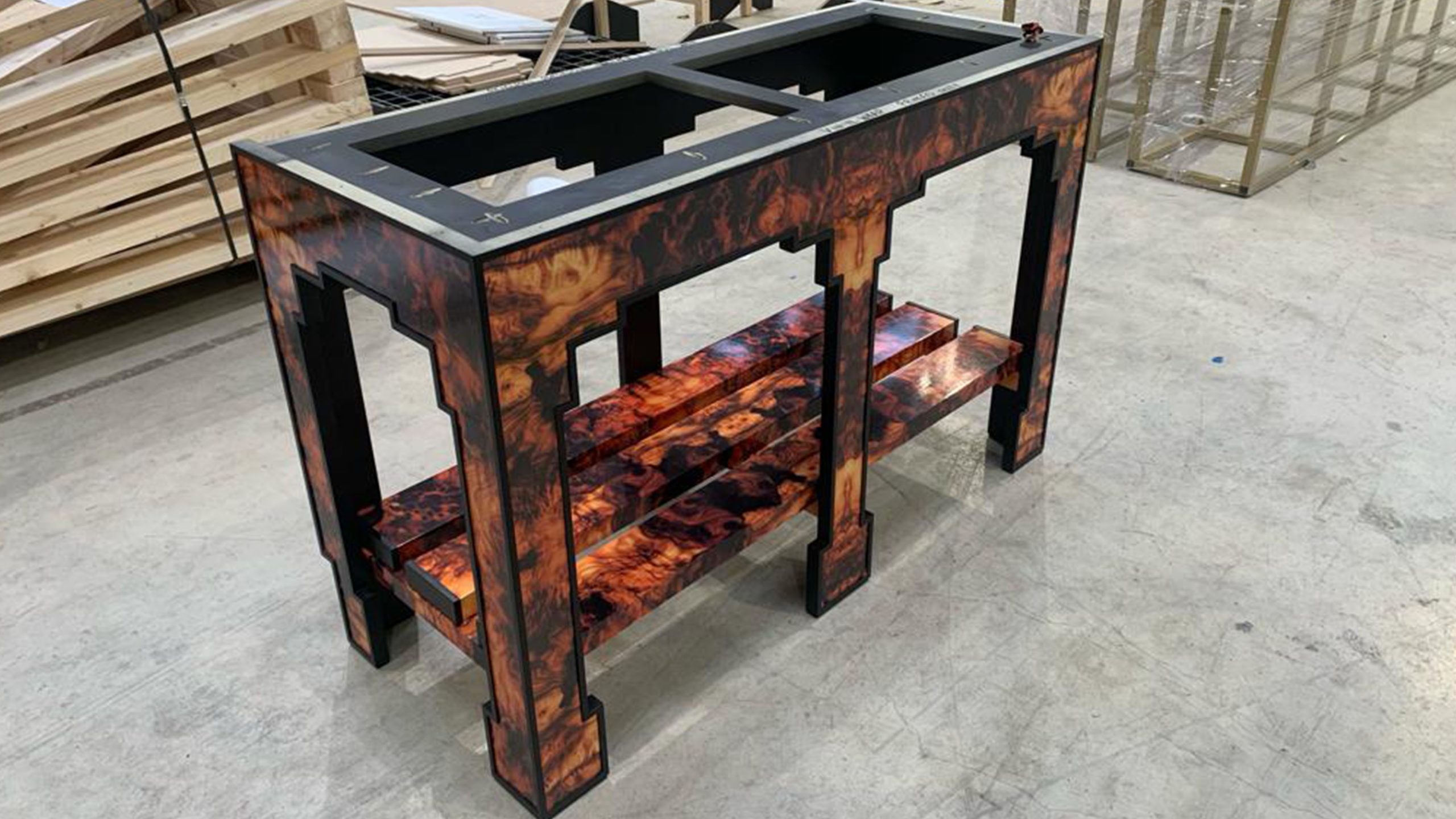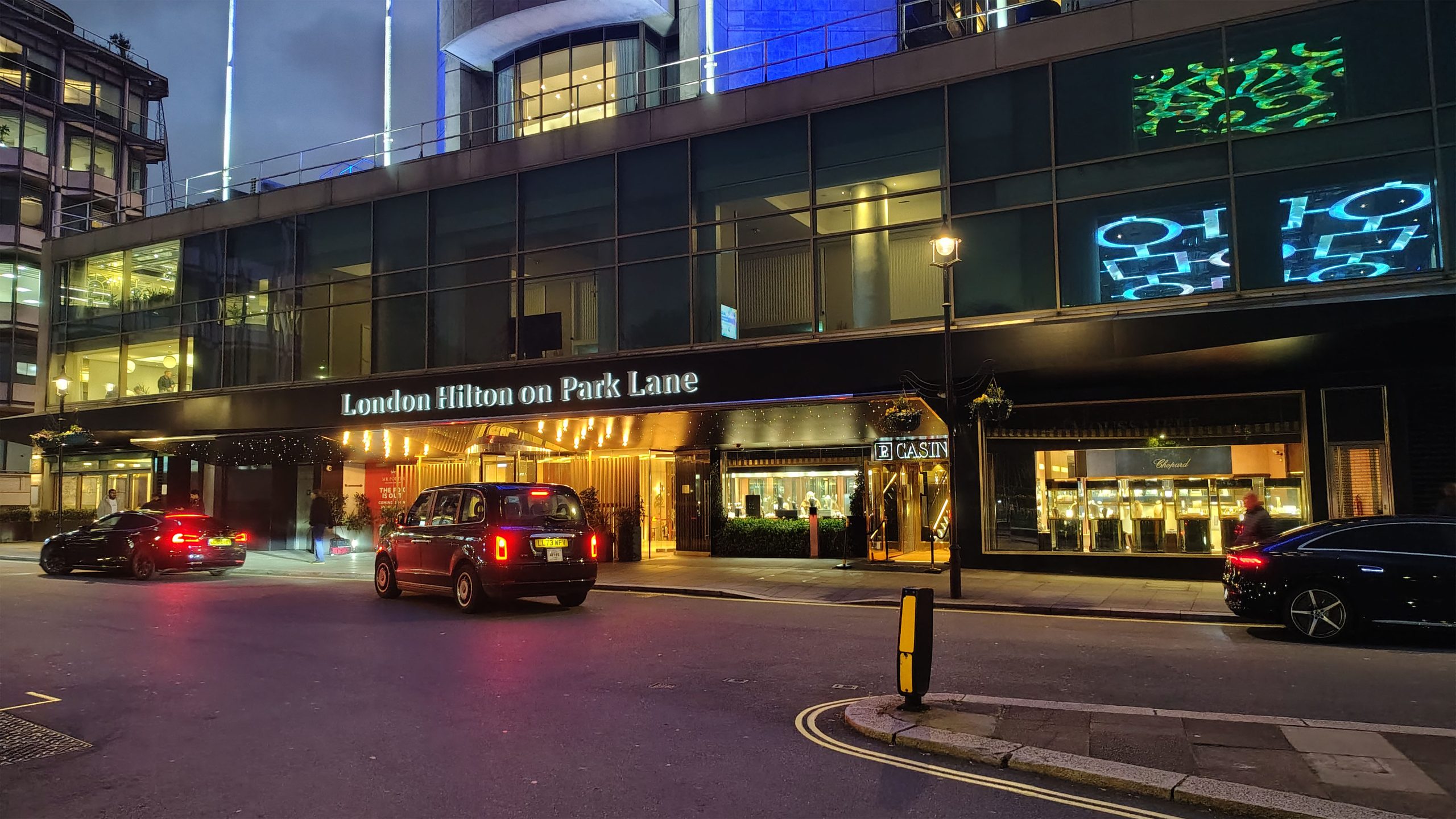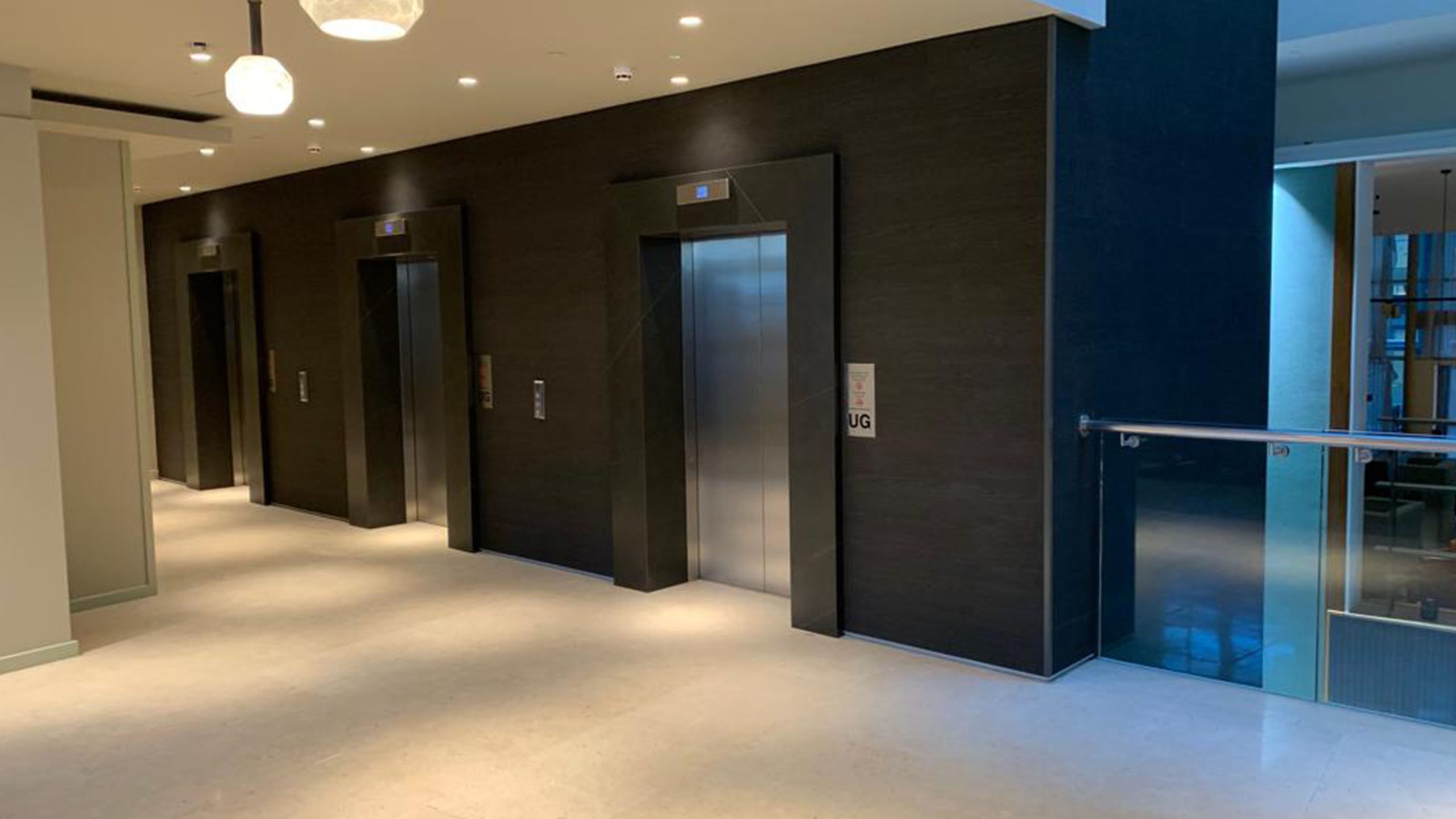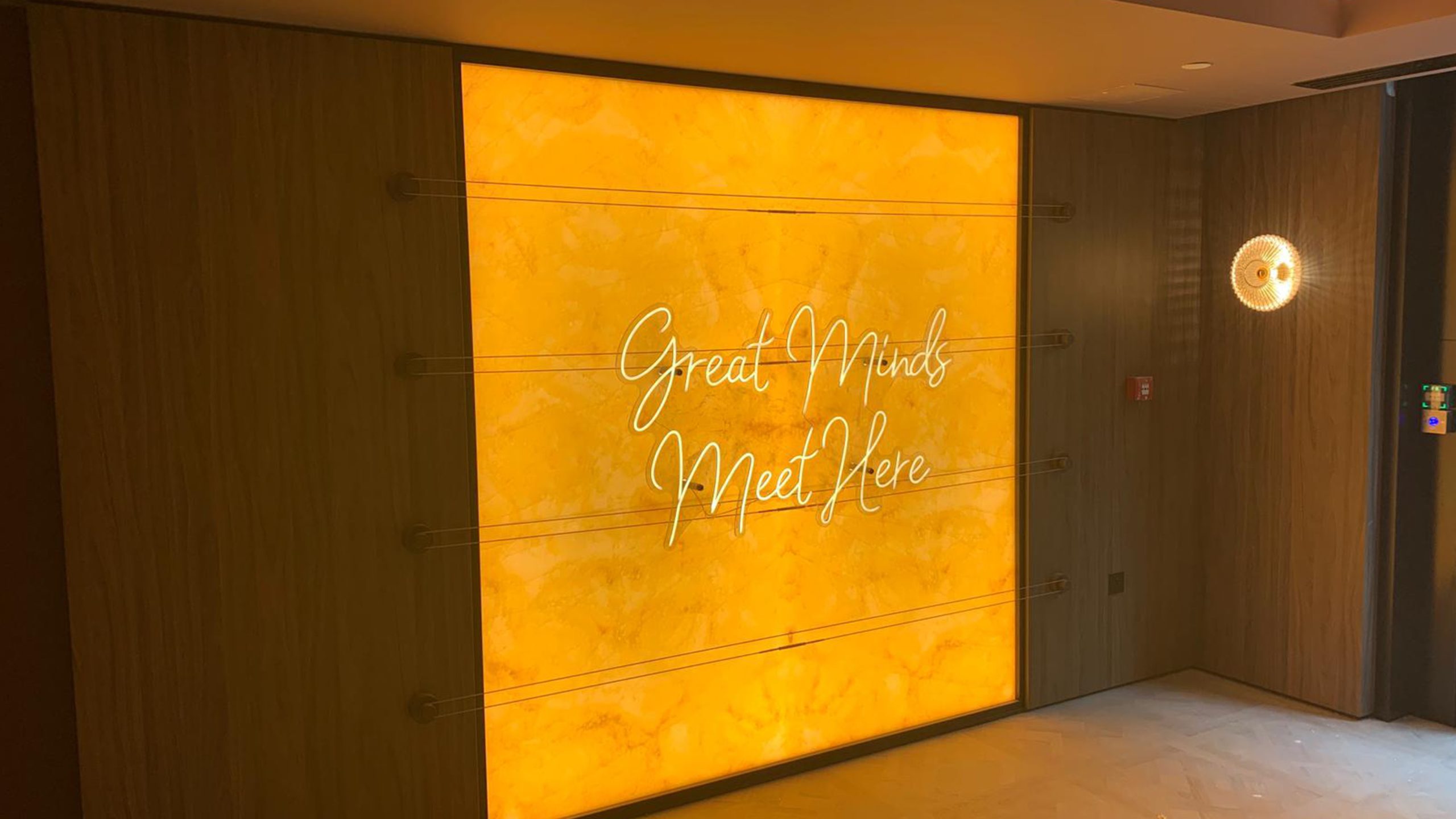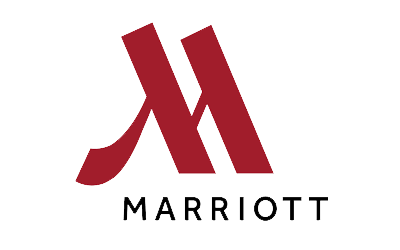When it comes to transforming interiors, architectural vinyl is rapidly becoming the go-to solution for designers, businesses, and homeowners alike. Offering a perfect balance of style, efficiency, and cost-effectiveness, architectural vinyl provides a practical alternative to traditional refurbishments. Here’s why it stands out as the smarter choice.
One of the biggest advantages of architectural vinyl is its quick and hassle-free installation. Unlike traditional renovations, which often involve lengthy lead times, drying periods, and disruptive construction work, vinyl can be applied in a fraction of the time. Most installations can be completed in hours rather than days, making it an ideal solution for commercial spaces where downtime must be minimised. Hotels, retail stores, and offices can be refreshed overnight, ensuring business operations continue with minimal disruption.
Architectural vinyl offers an extensive range of finishes, replicating high-end materials such as wood, marble, leather, and brushed metal with incredible realism. This allows for complete creative freedom without the cost or logistical challenges of sourcing and installing the real materials. Whether you want a luxury woodgrain effect for a reception desk or a sleek marble finish for a feature wall, vinyl provides a cost-effective way to achieve the look you desire. The flexibility of the material also means it can be applied to a variety of surfaces, including walls, furniture, doors, and even ceilings.
Traditional interior refurbishments can be expensive, particularly when using premium materials or commissioning bespoke furniture. Architectural vinyl allows you to refresh existing surfaces rather than replacing them, reducing both material and labour costs. This is particularly beneficial for businesses that need regular interior updates to stay on-trend, such as retail spaces, restaurants, and hospitality venues. Instead of costly renovations every few years, vinyl allows for quick and affordable updates that keep spaces looking fresh and modern.

